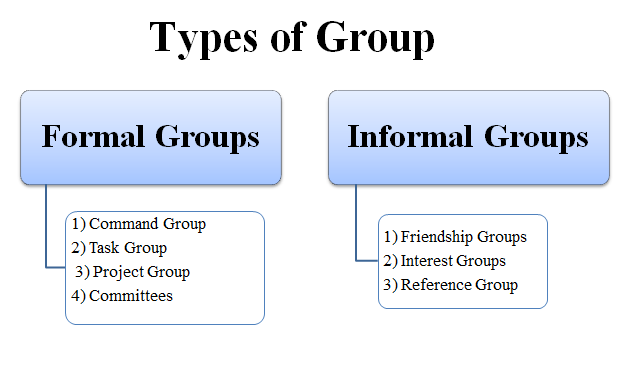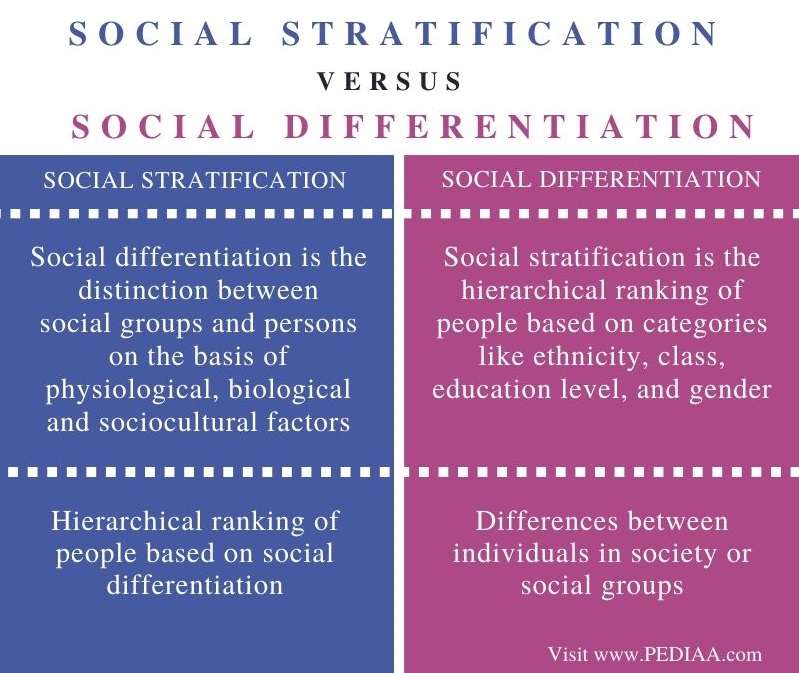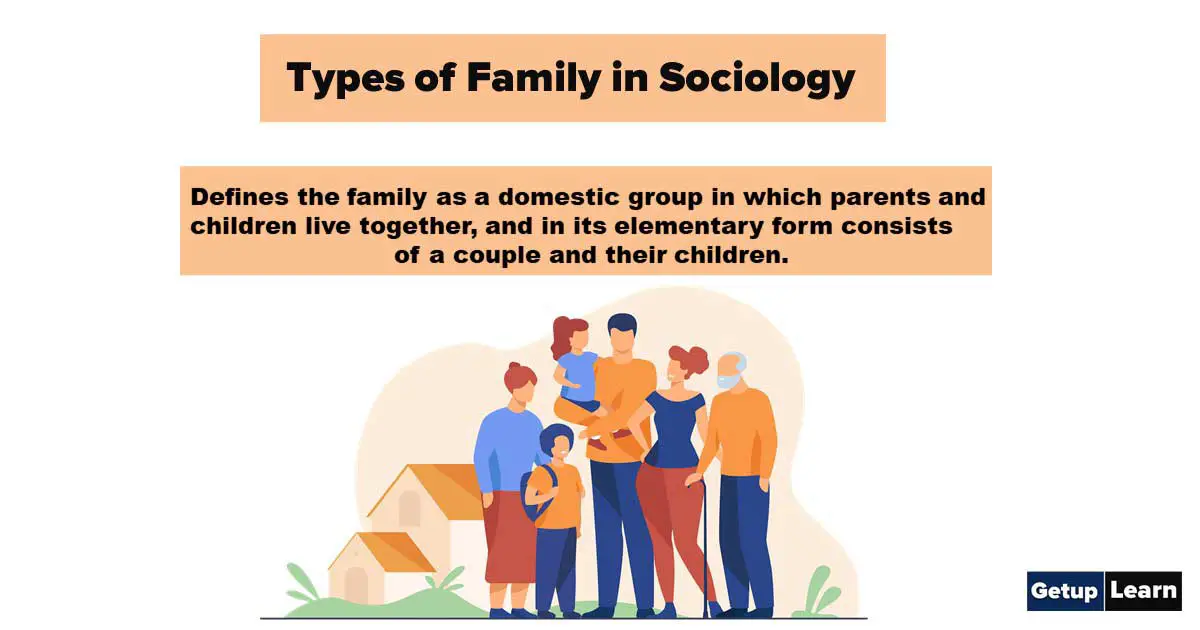Classification of social groups is a central concept in sociology, as it allows sociologists to understand the various types of social organizations that exist within a society and how these groups interact with one another. There are several ways in which social groups can be classified, including by size, relationship to power and authority, and common characteristics or shared experiences.
One way to classify social groups is by size. Small groups, such as families, may consist of only a few individuals who are closely connected and interact with one another on a regular basis. Larger groups, such as organizations or institutions, may have many members who may not necessarily know or interact with one another on a personal level.
Another way to classify social groups is by their relationship to power and authority. For example, some groups, such as elites or ruling classes, hold a disproportionate amount of power and influence in society, while others, such as marginalized groups, may have very little power and are often disadvantaged in society.
Common characteristics or shared experiences can also be used to classify social groups. For example, groups may be classified based on their ethnicity, religion, occupation, or other common characteristics. Shared experiences, such as those experienced by military veterans or survivors of a natural disaster, can also bring people together and form a social group.
In addition to these general categories, sociologists may also use more specific terms to describe different types of social groups. For example, a clique is a small, exclusive group of individuals who share a common interest or activity, while a reference group is a group that individuals use as a standard for evaluating their own beliefs, attitudes, and behaviors.
Overall, the classification of social groups is an important aspect of sociology as it allows sociologists to understand the various types of social organizations that exist within a society and how these groups interact with one another. By understanding the different characteristics and experiences of these groups, sociologists can gain insights into the social dynamics and inequalities that shape our world.


:max_bytes(150000):strip_icc()/conflict-theory-Final-66da57019fd84b9e906d0a6114cb79a8.png)






